Physical Therapy for Gouty Arthritis is a rehabilitation approach that combines movement, manual techniques, and education to lower pain, improve joint function, and control inflammation in people suffering from gouty arthritis. By tailoring exercises to the unique flare‑ups of uric acid crystal deposits, therapists help patients keep active without triggering painful attacks.
Why Gouty Arthritis Needs More Than Medication
Gouty arthritis, a form of inflammatory arthritis caused by elevated Uric Acid Levels (the concentration of urate in the bloodstream, typically above 7mg/dL for men), leads to sudden, excruciating attacks in the big toe, ankle, knee, or elbow. While colchicine, NSAIDs, and urate‑lowering drugs address the chemical cause, they don’t restore the lost Joint Mobility the range of motion a joint can safely achieve without pain or rebuild the supporting musculature. Over time, repeated flares can cause permanent joint damage, making everyday tasks like climbing stairs or tying shoelaces a struggle.
How Physical Therapy Addresses the Core Issues
Physical therapy tackles gout from three angles: Pain Management strategies that reduce nociceptive signals through modalities, manual therapy, and graded activity, Inflammation Reduction techniques such as cryotherapy, joint mobilizations, and low‑impact aerobic work that promote circulation and expedite crystal clearance, and Functional Restoration exercise plans that rebuild strength, balance, and endurance to protect joints during daily life. The synergistic effect often means patients need lower medication doses and experience fewer flare‑ups.
Key Components of an Effective Exercise Program
Every gout‑focused Exercise Program a structured set of movements designed to improve flexibility, strength, and cardiovascular health while avoiding excessive joint stress follows a three‑phase progression:
- Phase1 - Gentle Mobility: Low‑impact ankle circles, toe spreads, and seated hip rotations performed 2-3times a week for 5‑10minutes. These movements keep synovial fluid circulating without overloading the affected joint.
- Phase2 - Controlled Strength: Light resistance bands (1-2kg) for calf raises, quadriceps sets, and wrist extensions. Aim for 2sets of 12‑15 reps, gradually increasing resistance as pain subsides.
- Phase3 - Aerobic Conditioning & Balance: Water‑based walking, stationary cycling, or brisk walking on soft terrain for 20‑30minutes, paired with single‑leg stands or tandem walks to enhance proprioception.
Progress is monitored by a therapist who adjusts intensity based on flare frequency, joint swelling, and the patient's perceived exertion on the Borg scale.
Balancing Activity with Flare‑Up Prevention
One common myth is that any activity will trigger a gout attack. In reality, Balance Training exercises that improve postural control and reduce fall risk, such as heel‑to‑toe walks and gentle yoga poses actually stabilizes joints and lessens the sudden load spikes that cause crystal shedding. When combined with proper hydration (aiming for at least 2.5L of fluid daily) and dietary tweaks (lowering purine‑rich foods), patients experience a measurable drop in flare incidence-studies from the Australian Rheumatology Association report a 30% reduction in attacks over six months of consistent therapy.
Collaborating with the Healthcare Team
Physical therapists work hand‑in‑hand with Rheumatologists medical specialists who diagnose and manage inflammatory arthritis, prescribing urate‑lowering agents and monitoring blood chemistry. A typical care pathway looks like this:
- Rheumatologist confirms gout diagnosis via joint aspiration and serum uric‑acid test.
- Physical therapist conducts an initial functional assessment, noting range of motion, strength deficits, and balance impairments.
- Both professionals set shared goals-e.g., “walk 1km without pain” or “reduce calf swelling to <2cm within 4weeks”.
- Therapist delivers the tailored exercise program, while the rheumatologist adjusts medication based on response.
- Monthly reviews track progress, tweak exercises, and modify drug dosages if flare frequency changes.
This collaborative loop ensures that therapy isn’t isolated; it reinforces pharmacologic treatment and vice‑versa.

Measuring Success: Outcome Metrics That Matter
To know whether the program works, therapists use three objective measures:
- Visual Analogue Scale (VAS) for pain: Patients rate pain from 0‑10; a drop of ≥2 points signals meaningful improvement.
- Timed Up‑And‑Go (TUG) test: Time taken to stand, walk 3m, turn, and sit; reductions of >1second reflect better mobility.
- Serum uric‑acid trend: Though therapy doesn’t directly lower uric acid, regular exercise can improve renal clearance, often showing a modest 0.2‑0.3mg/dL decline over 12weeks.
When these metrics improve together, the patient’s overall quality of life climbs sharply-validated by the WHOQOL‑BREF questionnaire where gout patients frequently move from “moderate” to “good” health perception after six months of combined care.
Common Myths About Exercise and Gout
Myth1: "Any exercise will worsen gout." Reality: Low‑impact, guided movements lower joint stress and promote crystal dissolution. Physical therapy for gout is specifically designed to avoid high‑impact stressors.
Myth2: "You must rest until the flare subsides completely." Reality: Gentle mobilization during a mild flare can actually speed recovery by preventing stiffness.
Myth3: "Only older adults need therapy." Reality: Gout incidence is rising in younger populations due to metabolic syndrome, and early rehab can prevent chronic joint damage.
Quick‑Start Checklist for Patients
- Schedule an initial assessment with a licensed physical therapist experienced in rheumatic conditions.
- Keep a flare‑log: date, affected joint, pain score, and food intake.
- Hydrate aggressively; aim for 2-3L of water daily.
- Start Phase1 mobility drills within 24hours of a mild flare-no more than 10minutes.
- Review progress with your rheumatologist every 4-6weeks.
- Adjust footwear to provide arch support and cushion the metatarsophalangeal joint.
Following this checklist can shave weeks off recovery time and keep you moving comfortably.
| Strategy | Primary Goal | Typical Outcomes (6mo) | Key Limitations |
|---|---|---|---|
| Medication (Allopurinol, Colchicine) | Lower serum uric‑acid, abort acute flares | Uric‑acid ↓ 1‑2mg/dL; flare frequency ↓ 40‑60% | Side‑effects, requires lifelong adherence |
| Physical Therapy (Exercise + Manual) | Improve joint function, reduce pain, aid crystal clearance | Pain VAS ↓ 2‑3 points; TUG time ↓ 1‑2s; flare frequency ↓ 30‑45% | Needs qualified therapist, patient commitment |
| Lifestyle (Diet, Hydration, Weight‑loss) | Prevent urate accumulation, support overall health | Uric‑acid ↓ 0.5‑1mg/dL; flare frequency ↓ 20‑35% | Behavior change can be slow, requires monitoring |
Next Steps for Readers
If you’ve just learned how physical therapy can change the gout landscape, consider exploring these follow‑up topics:
- "Understanding Uric‑Acid Metabolism and Diet" - a deep dive into foods that trigger spikes.
- "Home‑Based Exercise Routines for Gout" - printable PDFs you can use between clinic visits.
- "The Role of Aquatic Therapy in Inflammatory Arthritis" - why water makes movement painless.
Each of these pieces builds on today’s discussion, helping you craft a comprehensive, gout‑friendly lifestyle.
Frequently Asked Questions
Can I start physical therapy during an acute gout flare?
Yes, but only gentle, pain‑free movements. Therapists usually begin with low‑impact ankle circles, toe stretches, and short sessions of cryotherapy to reduce swelling before progressing to strength work.
How often should I see a physical therapist?
Initial weekly sessions for the first 4‑6 weeks are typical, followed by bi‑weekly or monthly check‑ins once goals are met and flare frequency drops.
Will exercise lower my uric‑acid levels?
Exercise alone has a modest effect, but it improves kidney function and body composition, which together can help the body clear uric acid more efficiently. Most patients see a 0.2‑0.3mg/dL drop when combined with medication and diet changes.
Is water‑based therapy safe for gout?
Absolutely. The buoyancy of water reduces joint load while allowing full‑range movements. Aquatic walking or stationary cycling can improve cardiovascular health without aggravating painful joints.
What equipment do I need at home?
A set of light resistance bands (1‑2kg), a sturdy chair for seated stretches, an ice pack for flare‑ups, and a non‑slip yoga mat for balance work. Many clinics also loan portable foot rollers for metatarsal comfort.

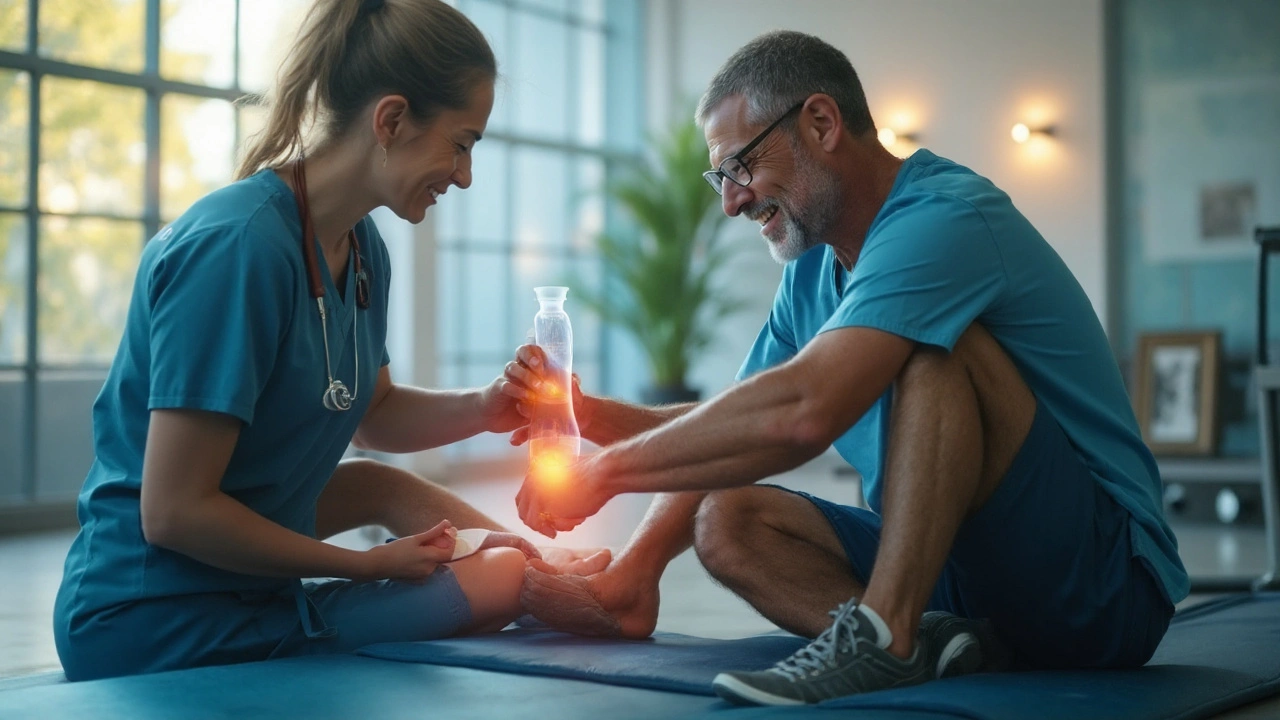
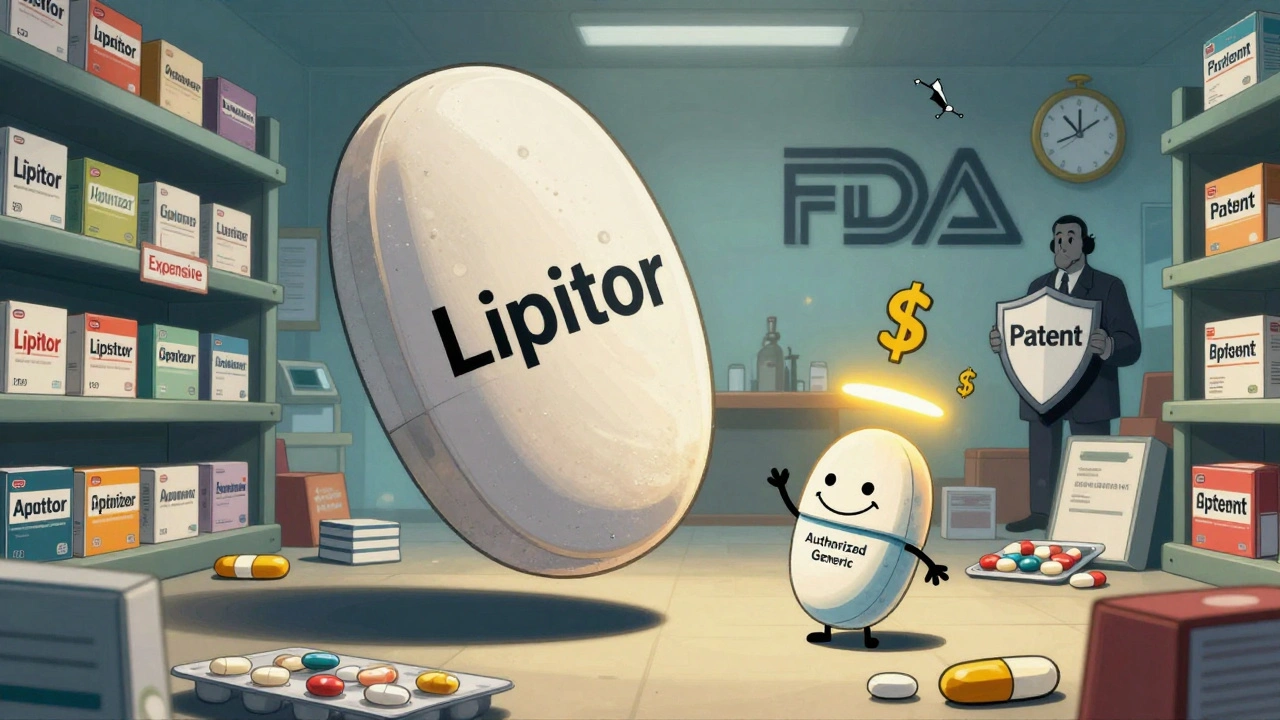
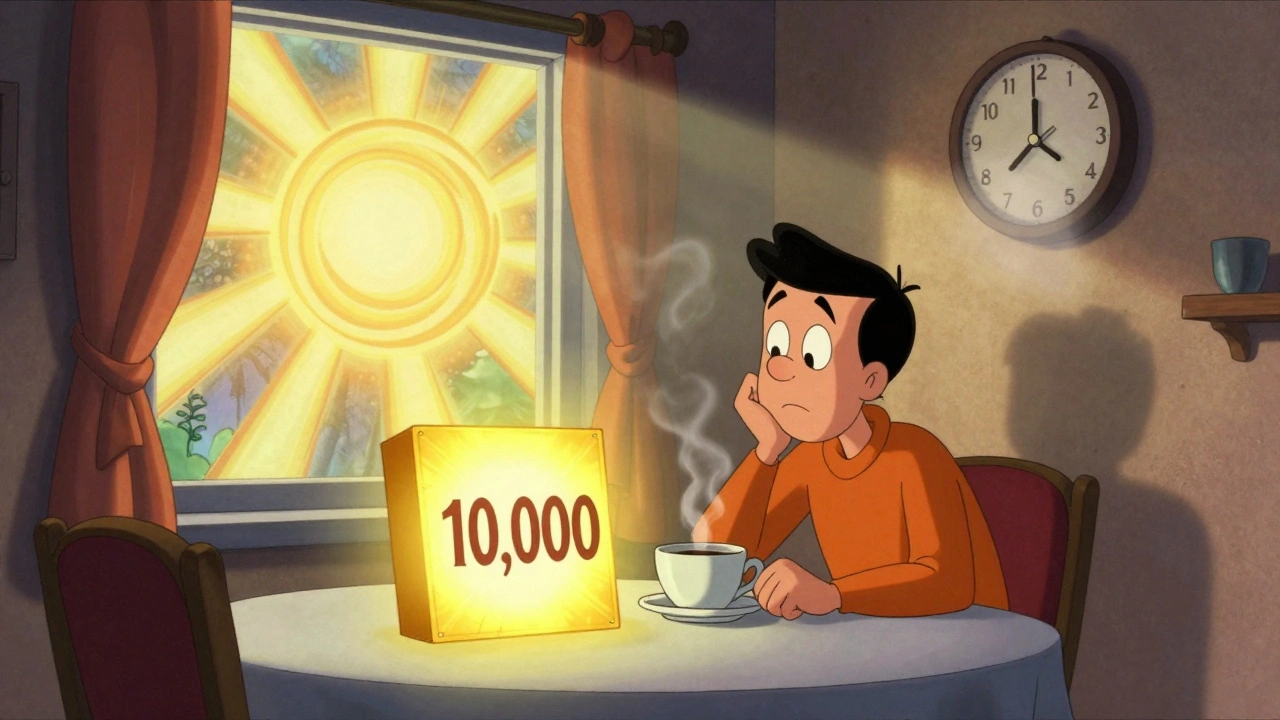
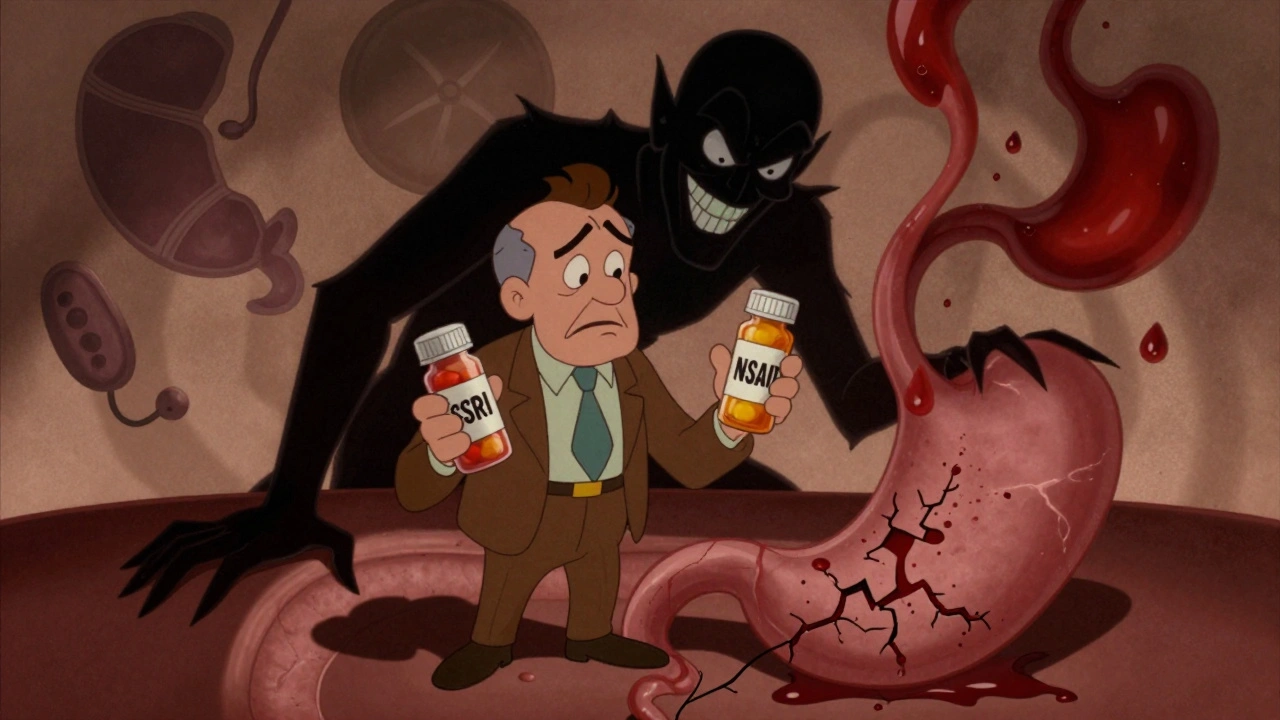
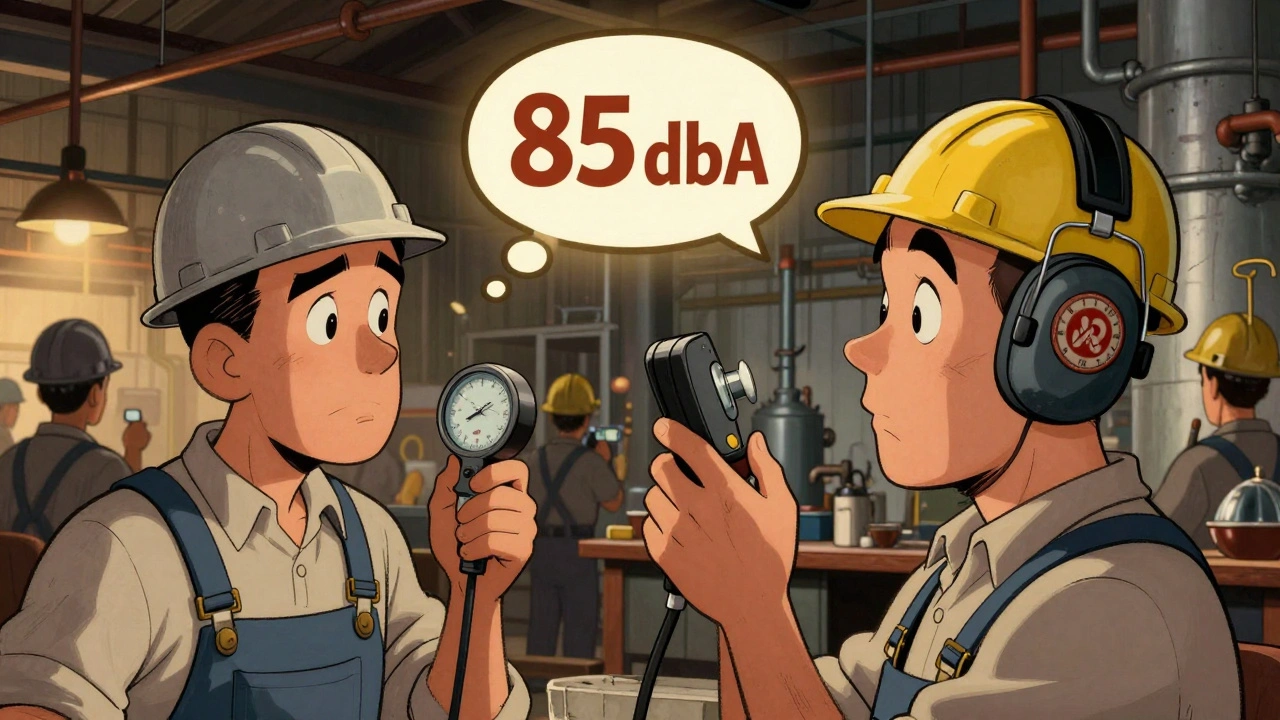

Steven Shu
Finally, someone lays out the real science behind PT for gout. I’ve been doing Phase 2 bands for 3 months now-pain’s down 70%, and I actually tied my shoes yesterday without swearing. No magic pills, just consistent movement. This is what healthcare should look like.
Hudson Owen
While I appreciate the structured approach outlined here, I must emphasize the critical importance of professional oversight. The progression from mobility to aerobic conditioning must be meticulously monitored, particularly in patients with comorbidities such as renal impairment or cardiovascular disease. A one-size-fits-all protocol may inadvertently exacerbate underlying conditions.
Rose Macaulay
My mom started this after her big toe flare last winter. She didn’t believe it at first-thought it was just ‘moving around.’ Now she does her ankle circles every morning like a ritual. Says it’s the only thing that lets her garden again. Thank you for sharing this.
Michael Harris
Let’s be real-this is just a glorified glorification of exercise. You think PT lowers uric acid? It doesn’t. It just distracts you from the fact that you’re still eating pizza and drinking beer. Stop pretending movement fixes metabolic dysfunction. Medication is the only thing that works. Everything else is placebo with sweat.
Ellen Frida
So… like… is it the crystals or the vibes? I feel like if you’re not grounded, your joints hold onto the uric acid like emotional baggage? Maybe try reiki with the ice packs? I read this one article on chakras and inflammation and it made so much sense…
Prema Amrita
In India, we’ve long understood that movement is medicine. My uncle had gout for 20 years. He walked barefoot on grass every dawn, drank warm water with lemon, and avoided red meat. No drugs. Just discipline. This guide is accurate-but it’s not new. We’ve known this for centuries.
Vasudha Menia
You got this 💪 Seriously-start with Phase 1 today. Even 5 minutes counts. I’ve helped 3 friends start this exact routine. One went from cane to hiking boots in 4 months. You’re not broken. You’re just waiting for the right movement. I believe in you 🌱
Snehal Ranjan
As a physician practicing in rural India I can attest that physical therapy remains grossly underutilized in gout management. The cultural perception of arthritis as inevitable aging renders patients passive recipients of pills rather than active participants in recovery. This structured, phased approach aligns with Ayurvedic principles of Vata balancing through gentle movement and hydration. The data presented is not merely encouraging-it is transformative.
Bryan Heathcote
Wait-so if I cycle 20 minutes three times a week, I’m actually helping my kidneys flush out the crystals? That’s wild. I thought PT was just for broken bones. I’m gonna try this. Also, anyone know a good water therapy pool near Chicago? I’m tired of my knees screaming every morning.
Alex Rose
The methodology lacks statistical power. The cited 30% reduction in flare frequency from the Australian Rheumatology Association lacks effect size, confidence intervals, or control group data. This reads like promotional content masquerading as clinical guidance. Without RCT validation, this is anecdotal at best.
Robert Burruss
Is pain not just the body’s way of saying, ‘You’ve forgotten how to be still’? We treat gout like an enemy to be conquered, when perhaps it’s a messenger-telling us we’ve moved too fast, eaten too much, ignored our rhythms. Maybe the real therapy isn’t in the bands or the ice… but in listening.
Sabrina Aida
Of course the medical-industrial complex wants you to believe exercise works. It’s cheaper than lifelong allopurinol prescriptions. Who profits from you walking? Not the pharma giants. Not the insurance companies. This is a distraction tactic. The real cure? A ban on high-fructose corn syrup. Everything else is theater.
Mim Scala
For anyone feeling overwhelmed: start with one thing. One minute of toe spreads. One glass of water before bed. You don’t need to do it all today. Progress isn’t linear. I’ve been where you are. You’re not failing. You’re just beginning.
Milind Caspar
This entire framework is a dangerous oversimplification. The article cites a 0.2-0.3mg/dL reduction in serum uric acid due to exercise-yet fails to acknowledge that this is statistically insignificant in the context of gout pathophysiology. Uric acid crystallization occurs at concentrations exceeding 6.8mg/dL; a 0.3mg/dL drop is negligible without pharmacologic intervention. Furthermore, the reliance on Borg scale self-reporting introduces severe bias. The entire protocol is predicated on the false assumption that functional improvement correlates with biochemical resolution-a fallacy that has led to iatrogenic joint deterioration in multiple case studies. This is not medicine. It is pseudoscientific optimism.
Anna S.
People like you think you can out-exercise your bad choices. You eat burgers, drink soda, sit all day, then think a few ankle circles make you a hero. Gout is punishment. And you deserve it.